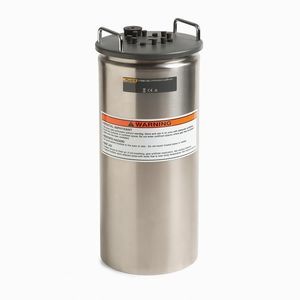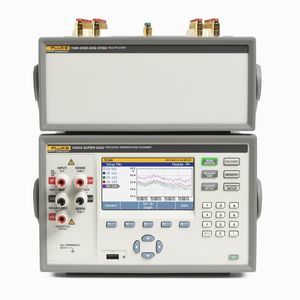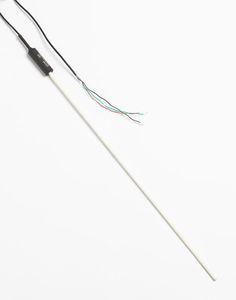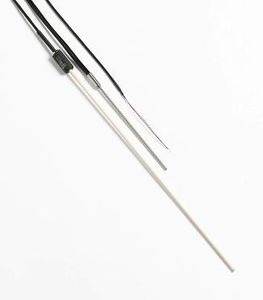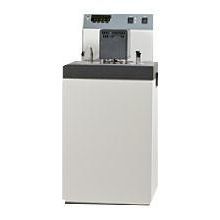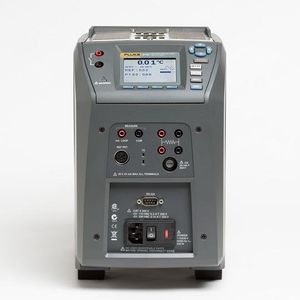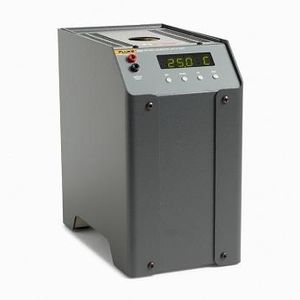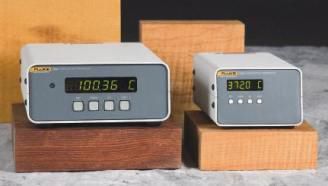
Digital temperature controller 2 series

Add to favorites
Compare this product
Characteristics
- Display
- digital
- Maximum temperature
Min.: -100 °C
(-148 °F)Max.: 800 °C
(1,472 °F)
Description
• Most stable temperature controllers available
• Resolution as high as 0.00018°C
• RS-232 interface included for automating applications
It’s no secret why Fluke Calibration's temperature baths are the most stable baths in the world. If you’re using a homemade bath there’s a good chance you can drastically improve its performance by using one of Fluke Calibration’s two temperature controllers.
The 2100 controller can sense and respond to temperature changes as low as 0.00001 °C, which means you can enjoy stabilities better than ±0.001 °C in a mechanically sound bath.
The 2100 has set-point resolution of 0.002 °C using a thermistor input and 0.01 °C using an RTD input. In high-resolution mode you can adjust the set-point in increments smaller than 0.0002 °C. Actual display resolution is 0.01 °C.
Power output is provided on a standard IEC female power receptacle. An auxiliary power output provides constant line voltage to equipment accessories such as stirrers. The 2200 controller is smaller and lighter than the 2100 and uses an RTD input to provide stabilities as good as ±0.015 °C. Resolution is 0.01 °C and temperature range is –100 °C to 800 °C.
If operated from any line power between 100 and 230 V ac, 50 or 60 Hz, the 2200 will supply up to 10 amps power output on a standard IEC female power receptacle. Both models are programmed using the front-panel buttons and also come with an RS-232 interface.
Either of these benchtop controllers can turn an average temperature bath into a true calibration tool.
Catalogs
*Prices are pre-tax. They exclude delivery charges and customs duties and do not include additional charges for installation or activation options. Prices are indicative only and may vary by country, with changes to the cost of raw materials and exchange rates.






